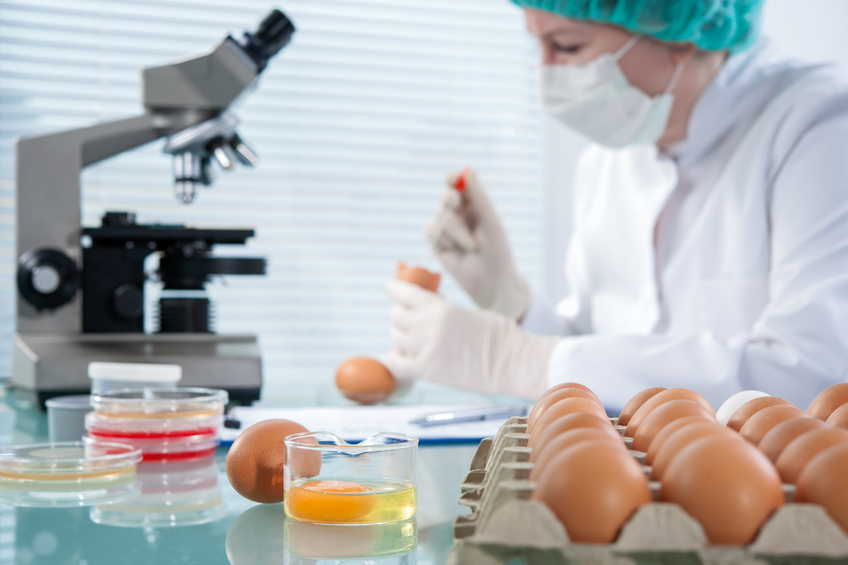
Since the 14th century, the global population has been continuously growing. On average, the population increases by 158 people per minute and 83 million people per year. That rapid population growth means that we must continue to find innovative, scalable ways to produce enough food to meet future demand.
If you’re interested in food safety and technology, new developments in the food industry will likely have a big impact on your future career. Here are three new developments in the food industry that you might one day encounter.
1. Sprays that Fight Food-borne Bacteria Are Being Developed
As students completing a Food Technology, Safety and Quality Diploma Program well know, harmful bacteria like salmonella and E. coli can cause severe problems for humans upon ingestion. Together, these two strains of bacteria account for over a million illnesses and hundreds of deaths per year in North America. These bacteria can be found on all different types of food, but are most commonly associated with eggs, meat, and poultry.
To combat this, companies have recently dedicated considerable resources to developing a spray-like fluid that would contain the antibiotics necessary to immediately kill the harmful bacteria in question, all without affecting the healthy bacteria or “good bacteria” sometimes found in foods.
For students who study food technology, this is a new development worth keeping an eye on. It has the potential to dramatically reduce the risks associated with food purchasing, preparation, and cooking.
2, Vertical Farming is a Developing Trend in the Food Technology Industry
It is no secret that exponential population growth has brought with it an associated reduction in the amount of space available to develop and grow crops. So while there is less space to grow food now, there are more mouths to feed, which makes malnutrition an even larger concern than it’s been in recent times. However, there is a recent development called vertical farming that has developed at the intersection where the technology sector meets the food industry.
Vertical farms are indoor gardens that are stacked on top of one another as they grow all different types of vegetables. Various elements—the climate, sunlight, and water distribution—that are essential for the growth of crops are automated in this new system.
Students with food technology training might know that weather forecast affects the overall quality of harvests. With vertical farming, that risk is eliminated and supply is determined exclusively by demand and operational capacity—potentially paving the way for more uniform and reliable products and ingredients.
3. Students who Receive Food Technology Training Know About GMOs
Genetically modified (GM) organisms, also called GMOs, are grown in Canada each year and have been since 1994. Over the last 20 years, around 85 different GM foods have been approved for sale after testing. What separates these GM foods from organics is that they are reconfigured in the lab to have ‘better’ features than their counterparts. For example, they may be more resistant to bacteria, less dependent on pesticides, or more nutrient-rich than the organic version.

Genetically modified foods could pave the way to safer food supplies in the future
While there has been some pushback on the GM front, this technology provides valuable benefits in terms of production and consumption as newer and better varieties are developed.
Are you interested in earning a food technology diploma?
If so, visit AAPS for more information or to speak to an advisor.



